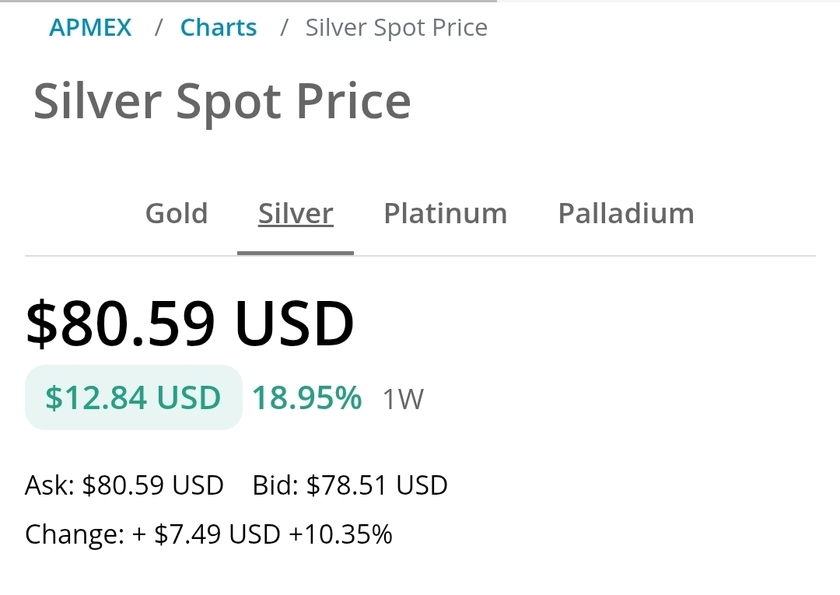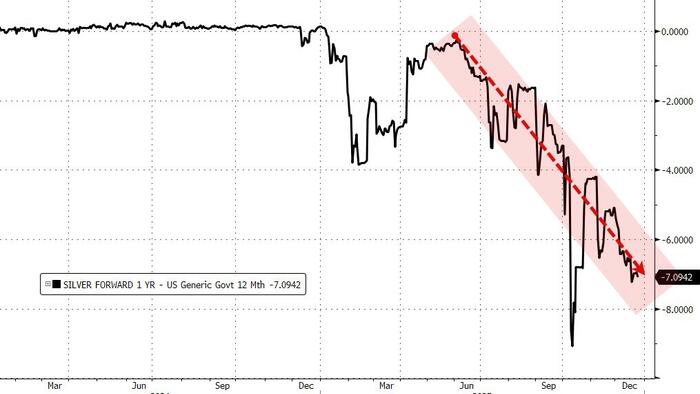SINGAPORE, SINGAPORE / ACCESSWIRE / November 8, 2022 / Persistence, the liquid staking hub of the Cosmos ecosystem, will launch pSTAKE (Liquid Staking Protocol) and Dexter (DEX curated for liquid-staked assets) on the Persistence Core-1 chain later this month.
Persistence is one of the earliest members of the Cosmos ecosystem and has been contributing to Cosmos since 2019, including but not limited to interchain standards, validator ecosystem, and community development.
Over a year ago, Persistence was the first to launch liquid staking for Cosmos Hub (ATOM) with pSTAKE (Ethereum Implementation), which garnered as much as $39 million in total value locked (TVL). As the Cosmos DeFi ecosystem has continued to grow, it has reached a level of maturity where launching stkATOM natively on the Persistence Core-1 Chain is the natural evolution. pSTAKE for Cosmos on Persistence Core chain will launch later this month and will start with adding liquid staking support for ATOM followed by other Cosmos ecosystem assets such as OSMO, XPRT.
At the start of 2022, the Persistence team expanded its scope by sharing the vision to build a specialized DeFi ecosystem around liquid-staked assets. The decision to exclusively focus on liquid staking seems the most obvious choice considering Persistence has been one of the earliest adopters of Proof-of-stake and has been building solutions/services for stakers through pSTAKE and AUDIT.one.
"Through a range of applications and integrations bridging the PoS and DeFi verticals, we will drive use cases for stkASSETs. With ecosystem products like pSTAKE aiming to be amongst the biggest dApps in the respective domains, XPRT aims to be one of the top 100 assets (currently ~190th) by market capitalization within the industry." ~ Tushar Aggarwal, CEO & Founder, Persistence
As per the team, Interchain DEX curated for liquid-staked assets is the first of many DeFi primitives in Persistence's liquid-staking ecosystem. DEX on Core-1 chain stands out from existing interchain DEXes not only in terms of support for liquid-staked assets but also in exciting features such as:
Support for multiple pool types - Constant product, weighted pools, stable swap invariant, metastable, 3-pool, and 5-pool
Each pool type is a contract deployed on the Persistence Core-1 chain via governance.
Flexible architecture that allows builders to create new pool types
Interchain UI/UX
Other potential use cases include Money Markets, Options Marketplace, Yield aggregators, and vaults. The recent addition of the Cosmwasm module on the Persistence Core-1 chain will enable developers to become contributors to Persistence's vision.
The battle to provide the most seamless liquid staking solution for ATOM is heating up with multiple protocols, including but not limited to pSTAKE, Lido, Stride, Quicksilver, and Stafi launching their implementations. To stand out in the competition, use cases for each protocol's liquid-staked asset and the experience building liquid-staking solutions will play a determining role. In this regard, Persistence presents strong contention with experience in delivering liquid-staking solutions for ATOM, XPRT, BNB, ETH, and building utilities through a dedicated DeFi ecosystem for stkASSETs.
About Persistence
Persistence is a Tendermint-based, specialized Layer-1 network powering an ecosystem of DeFi applications focused on unlocking the liquidity of staked assets.
The Persistence chain facilitates the issuance and deployment of liquid-staked stkASSETs, allowing users to earn staking rewards while participating in DeFi primitives, such as lending/borrowing and liquidity provisioning on DEXs.Persistence aims to offer a seamless staking and DeFi experience for PoS (Proof-of-Stake) users and enable developers to build innovative applications around stkASSETs.




























